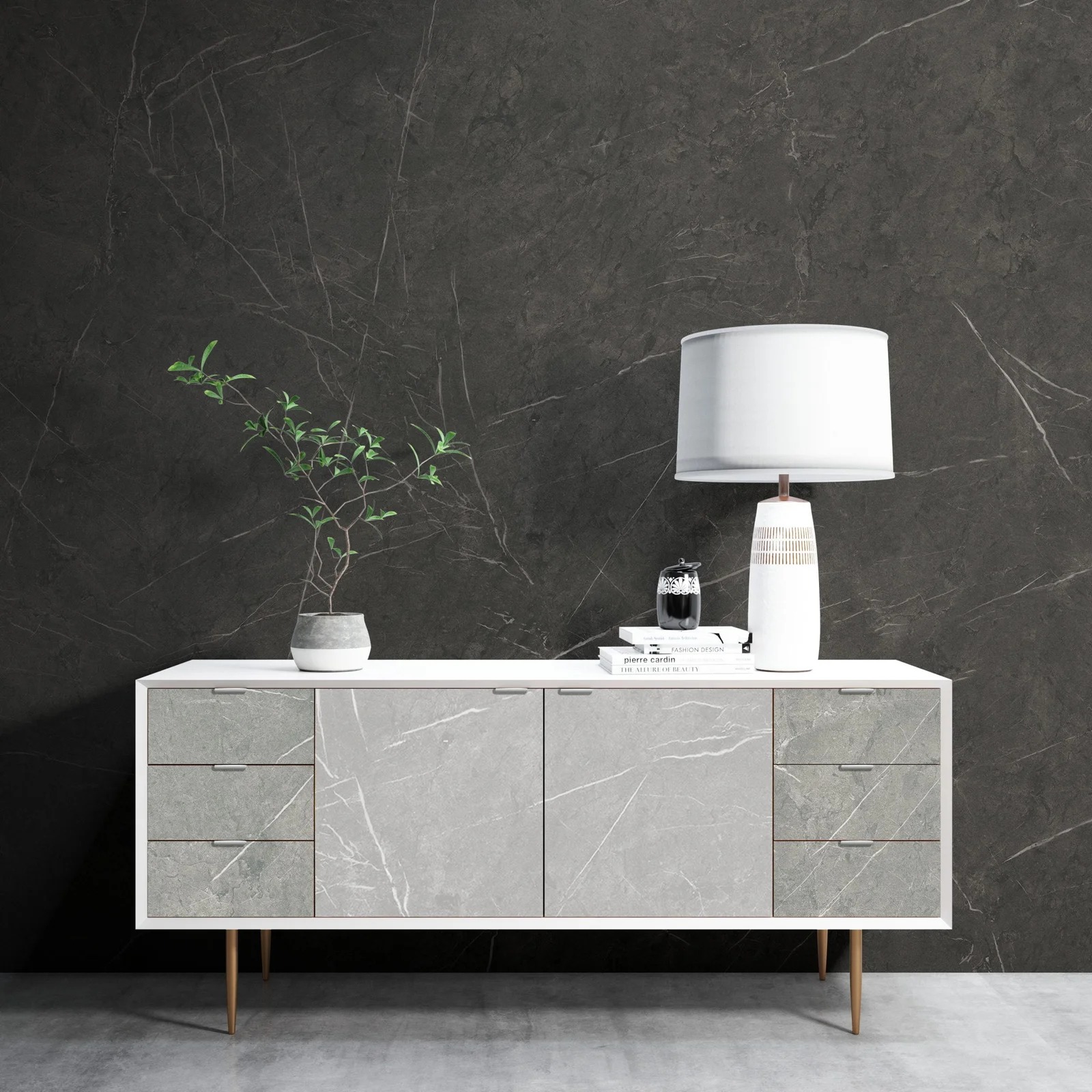
Why Interior Designers Prefer Engineered Wood Over Solid Wood in 2025
In 2025, engineered wood will have taken center stage instead of solid wood because of its versatility, performance, and sustainability. People who live in posh homes in Islamabad to owners of trend-forward cafes all prefer engineered wood products as a premium option for making tables. Also, our top architects and designers demand ease of workability, which only an engineer would deliver.
If you are planning to design your home in a modern way or renovate your multi-unit commercial space, we will tell you why you should choose engineered wood over solid timber.
8 Reasons Why Engineered Wood is Better than Solid Wood
1. Resistant to Pakistan’s Climate
Whether you are living in the coastal areas of Karachi or facing the dry winter of Lahore, wood and boards are affected by Pakistani climates. If we talk about solid wood, it expands, contracts, or sometimes cracks over time because of moisture and temperature changes. On the other hand, engineered wood is dimensionally stable as it is made from layered constructions.
Pro Tip
To make your engineered wood long-lasting, shop for Patex laminated wood. These are resistant to moisture and avoid swelling or surface bubbling.
Did You Know?
Engineered wood is 80% more stable than solid wood in fluctuating climates, making it ideal for Pakistan’s weather zones.
2. High-End Look without the Price
Do you know the hardest part an interior designer faces? When they are said to make spaces that feel luxurious without stretching the budget. Well, it is easy with laminated furniture or interior design products. As an interior designer, you can choose engineered wood that looks like natural timber. It will come at a fraction of the cost with various finishes like walnut, oak, ash, or teak. These woods look identical to solid wood but are much more affordable.
Start to Know
According to Woodworking Network (2024), engineered wood saw a 15% increase in sales globally, with affordability and aesthetics driving adoption.
3. Sustainable and Eco-Friendly
Wise people have made eco-conscious design a standard instead of a trend because they know saving the environment is everyone’s responsibility. As we all know, solid wood involves deforestation and high waste, but engineered wood does not, as it is made from recycled fibers and fewer raw sources. In 2025, more people are asking for green building materials and LEED (Leadership in Energy and Environmental Design) certified products, so why don’t you?
Did You Know?
Using engineered wood instead of solid cabinetry can reduce environmental impact by up to 60%.
4. More Creative Freedom
Another reason to choose engineered wood over solid wooden furniture is its flexibility. You see curved reception desks, geometric wall panels, or CNC-cut wardrobes in many posh homes or offices. These designs are not possible with solid timber. Manufacturers use engineered wood because it is easy to cut, drill, or shape with fewer chances of splitting or breaking.
5. Consistency across Every Piece
Do you know that for larger projects, architects avoid using solid wood because the wood grain, color, and textures are unpredictable and hard to match? They go for a batch of artificial woods or processed products to achieve a uniform look in an entire building or room.
6. Faster Turnaround and Easy Availability
Time is money in the interior design world, so if you choose solid wood, it will take weeks or seasons to arrive, or sometimes you experience a shortage of wood. But if you plan to design your area with engineered wood, you can get it anytime, as stores like Patex Wood keep wood panels in stock. So, with engineered wood, you can work with shorter lead times and deliver projects faster.
Did You Know?
Engineered panels can be installed directly after delivery—saving up to 30% installation time compared to solid timber.
7. Better Finish and Paint Absorption
At this point, we want to share a drawback of using solid wood. Solid timber absorbs paint unevenly and also requires pre-treatment, which will strain your pocket. In contrast, engineered wood is smooth and features a smooth surface, so it absorbs paint or veneers better and gives you a cleaner, crisper finish.
Pro Tip
Do you want a high-gloss or matte luxury finish? It is better to use Patex laminated panels with melamine or acrylic coating for a flawless look.
Did You Know?
Engineered wood absorbs paint 40% more evenly than most hardwoods, which helps reduce material waste during finishing.
8. Termite and Pest Resistance
The last and unforgiving reason for choosing solid wood over the engineered wood category is its vulnerability to termites. If you live in warm regions like Sindh or Punjab and use solid timber furniture, it will be more prone to developing termites. But designer woods are treated chemically for pest control production.
Did You Know?
Engineered wood panels treated for termite resistance have a 5X longer life span in pest-prone areas.
Final Words
Remember that whenever you choose a design, always prefer how a wood category performs well, stays sustainable, and is budget-friendly. In 2025, engineered wood will be the top choice of many modern interior designers because of its strength, stability, speed, and style.
We suggest you choose a reputed wooden brand like Patex, which offers high-quality engineered wood products, professional-grade finishes, and unmatched product consistency.
If you are an architect or interior designer working on your next big project, engineered wood by Patex is your secret to success.
FAQs
Q. Can engineered wood from Patex be used for flooring in high-traffic areas?
Yes—you can use engineered wood from Patex because they made wood panels of high density. Their wood boards are durable and thus ideal for commercial flooring and high-use residential areas.
Q. Is engineered wood safe for indoor air quality?
Yes. Patex follows low-VOC standards and produces boards with certified emissions control, ensuring better indoor air quality.
